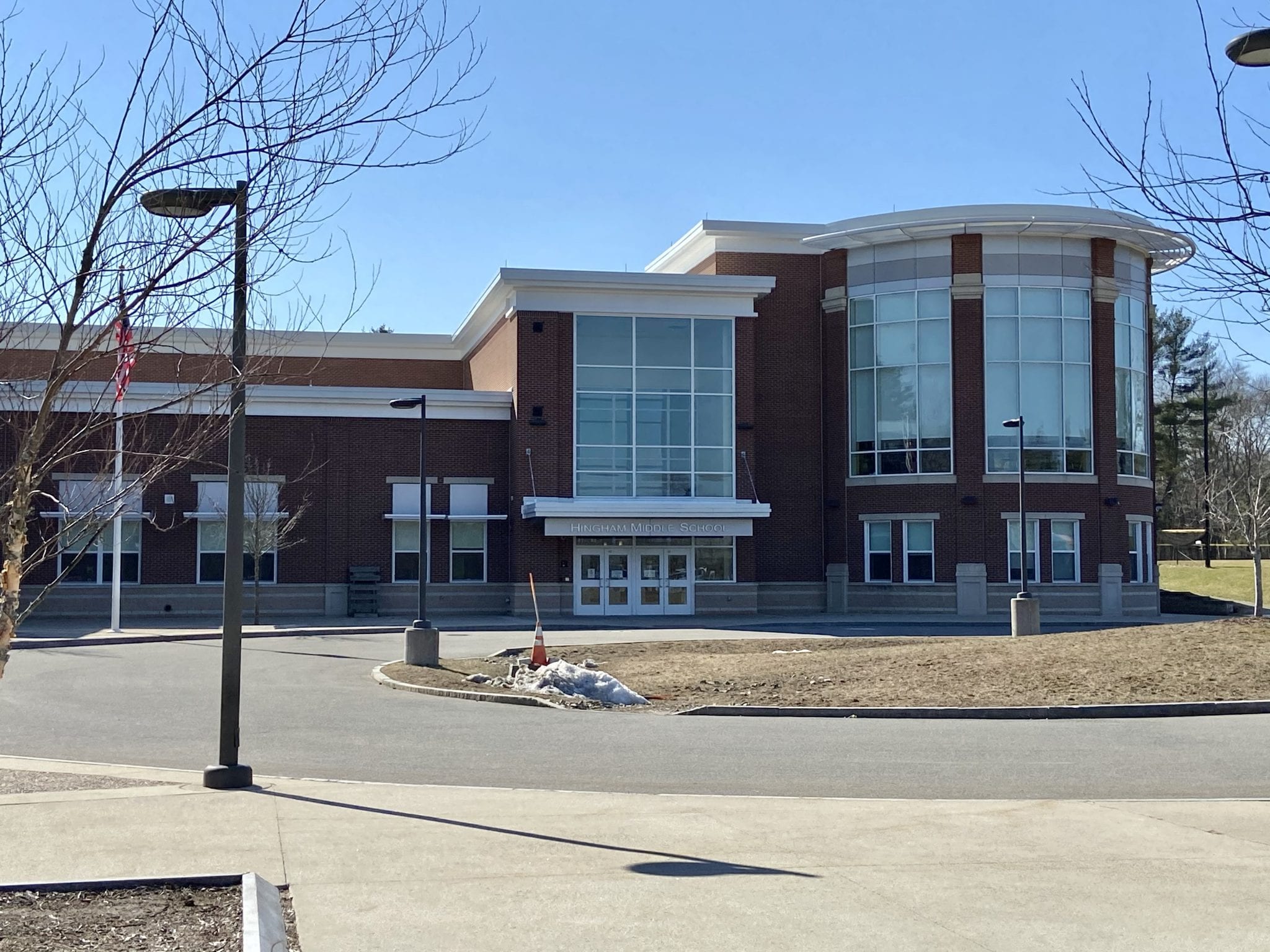
August 10, 2021 by Carol Britton Meyer
Director of Student Services Dr. Suzanne Vinnes presented a three-year overview of the Hingham Public Schools' special education program to the School Committee Monday night during a remote meeting.
She explained that special education is "not a one-size-fits-all approach," and that all special education students are entitled to a free and appropriate education in the least-restrictive environment possible.
Special education enrollment is on the rise -- 2017-2018, 591; 2018-2019, 627; 2019-2020, 587; and 2020-2021, 625, or 16 percent of the overall student population.
At the same time, out-of-district placements are declining, meaning -- explained Committee member Tim Dempsey -- that HPS is now able to educate "more of our most challenged students in our classrooms, which is awesome."
Steps of progress include adding 13.5 new professional teaching positions; creating new programs to meet the needs of the changing student population; and providing many hours of professional development -- much of that work accomplished during a pandemic.
Another addition is a VGo robot -- controlled over the Net platform -- to pilot with students who are homebound due to medical reasons.
Looking to the upcoming school year, additional staffing includes a speech and language pathologist at Hingham High School; an additional (one each) special education teacher at the Middle School and High School; additional contracted speech and language pathologists; and 2.5 additional elementary special education teachers so that each elementary school has five.
One of the biggest challenges and goals during COVID, according to Vinnes, was returning special education students -- who benefit most from in-person learning -- to that mode of teaching as soon as possible while ensuring safety protocols were in place.
As a result, at the start of the 2020-2021 school year, "all students with disabilities were offered an opportunity to receive special ed education services in person," Vinnes said.
The most concerning finding resulting from the 2018 needs assessment -- which she said required immediate attention -- "was a general lack of trust between the community and district, potentially caused by ineffective communication and collaboration between all parties."
This disconnection between stakeholders contributed to "differences in perceptions of programmatic strengths between faculty and community," Vinnes said, "causing avoidable frustration and conflict."
Positive initial findings included "strong, effective instruction delivered by a devoted faculty"; passion, commitment, and a shared philosophy of inclusion; and "an overall commitment to student growth and progress across academic, social, and emotional domains."
Another plus was the opportunity to join the Equity and Inclusion Working Group at the beginning of the 2019-2020 school year.


